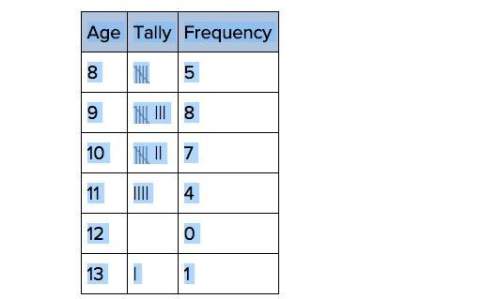
Mathematics, 02.09.2021 17:30 isabellebisio
1. For each sequence, determine whether it could be geometric or arithmetic.
Next, match each sequence with one of the definitions. Note that only the
part of the definition showing the relationship between the current term
and the previous term is given so as not to give away the solutions.
a. 6, 12, 18, 24
A. a(n) = 7 • a(n − 1)
B. b(n) = 1/2• b(n – 1)
b. 2, 14, 98, 686
C. c(n) = c(n − 1) + 6
c. 160, 80, 40, 20

Answers: 2


Another question on Mathematics


Mathematics, 21.06.2019 14:00
Arectangular exercise mat has a perimeter of 36 feet the length of the mat is twich the width writeand solve an equation to determine the length in feet. of the mat then find the area in square feet of the mart
Answers: 3

Mathematics, 21.06.2019 20:00
The midpoints of the sides of the large square are joined to form a smaller square. what is the area of the smaller square
Answers: 1

Mathematics, 21.06.2019 20:10
Look at the hyperbola graphed below. the hyperbola gets very close to the red lines on the graph, but it never touches them. which term describes each of the red lines? o o o o a. asymptote b. directrix c. focus d. axis
Answers: 3
You know the right answer?
1. For each sequence, determine whether it could be geometric or arithmetic.
Next, match each sequ...
Questions

French, 03.04.2021 15:10

Mathematics, 03.04.2021 15:10

Computers and Technology, 03.04.2021 15:10

Mathematics, 03.04.2021 15:10

English, 03.04.2021 15:10

History, 03.04.2021 15:20

French, 03.04.2021 15:20

Advanced Placement (AP), 03.04.2021 15:20


Mathematics, 03.04.2021 15:20



Mathematics, 03.04.2021 15:20

Mathematics, 03.04.2021 15:20

Mathematics, 03.04.2021 15:20

Mathematics, 03.04.2021 15:20



Mathematics, 03.04.2021 15:20




